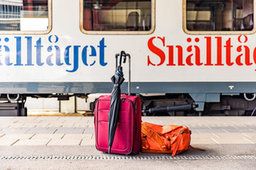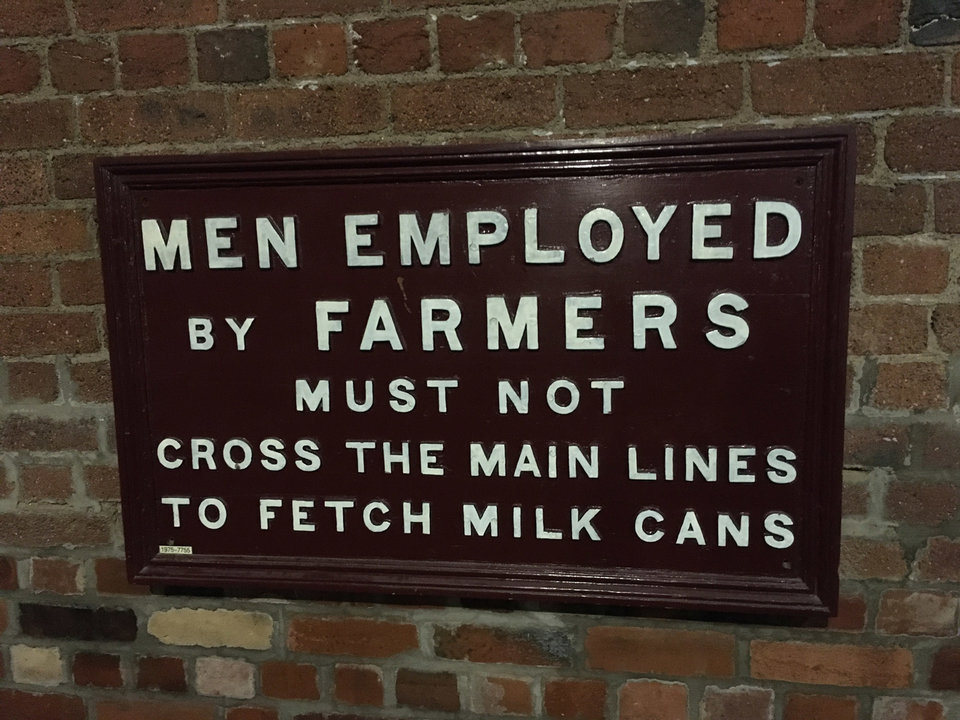Technology
Network Rail trials tracking technology for overnight work equipment
Although processes are already in place to avoid the collision of trains and engineering equipment, tracking technology is also being considered as a means of adding an extra layer of protection. Jasleen Mann examines this tracking technology and its potential benefits.
I
n October 2021, a collision involving the Great Western Railway passenger service from London Paddington to Swansea and an engineering trolley took place. The engineering trolley had been left on the line near Challow in Oxfordshire and the train was travelling at 123 mph (198 km/h).
While there were no injuries reported among the passengers on the train and the train did not derail, the train’s underframe as well as the track was damaged by the collision. The trolley was destroyed as a result of the incident.
The Rail Accident Investigation Branch (RAIB) found that the train involved in the incident was the first train to pass through after the track was confirmed to be ready to be handed back following engineering work.
Network Rail is exploring the use of technology that could alert engineer staff if a piece of kit has been left behind when they are ready to leave the site, consolidating the protection that is provided by processes that are already in place.
Allan Spence, Network Rail director of regulator liaison, says: “There may be some new technology that has not been used in railway but might help us to guard against the operator error. It is never a malicious act, they are under all sorts of pressure and we need to help them to avoid those mistakes.”
Network Rail CEO Andrew Haines. Credit: Network Rail

Off your trolly
Work on the railway is typically done at night; this is considered the safest time as there are no trains running. However, it has become clear that changes need to be made in ordere to ensure that all of the engineering equipment is accounted for prior to the track being declared ready for use.
A similar incident took place in September 2021 as a train travelling between Staines and London Waterloo collided with an engineering trolley near Twickenham station.
The RAIB’s investigation considered the processes that are currently in place for managing engineering vehicles such as trolleys, as well as examining the training and management of staff.
In order to avoid engineering equipment being left on the tracks at the end of engineering works, solutions such as Apple’s AirTag tracking technology are being considered by Network Rail.
Spence acknowledges that there are separate arrangements in place that make sure staff have handed the line back safely at the end of work. This includes declaring that all of the work group are off the line, that all the equipment is off the line and the railway is in a fit state, ready for trains to pass through.
Tagging and fencing with new tech
However, the introduction of a variety of technologies may help to overcome the challenges that are inevitably presented by human error and help staff to avoid making these errors.
“Apple have something called the Apple AirTag, which is a device that would be fixed onto the trolley to track where it precisely is. People use them for domestic purposes such as making sure they do not lose keys. The computer will check in with the tag and find where it is,” explains Spence.
“There is also the potential of geofencing which has scope to help members of staff to avoid straying out of safe areas as well as tracking equipment. Through the controlling app you are able to draw the boundary of the safe area of the site. If you stray out of the safe area the device will make an alert sound.”
This technology is not ready to be used in the rail industry just yet. If the technology was to be implemented, it would play a significant role in ensuring the safety of staff members as well as passengers on a train. Therefore, a thorough trial of the different technologies will take place.
We will try to get the workers support for the technology.
It is already clear that the technology would provide staff with a number of advantages if it is implemented. However, the accuracy of the technology is what is being assessed by Network Rail.
Spence says: “We need to make sure that we can trust the technology is suitable for rail and find out which system gives the right level of accuracy.
“A big part of this is to make sure we bring our trade unions along with us, explain the benefits and listen to concerns. We will try to get the workers support for the technology. There are a few steps to go through. There is no point of launching the equipment if everybody leaves it in the van because they don’t trust it or because they don’t believe it’s the right thing.”

Trespassing on the railway is an age-old problem.
Main Image: Workmen grind rails producing sparks during night time maintenance works on the West Coast Main Line in north west London. Image Credit: Joe Dunckley | Shutterstock